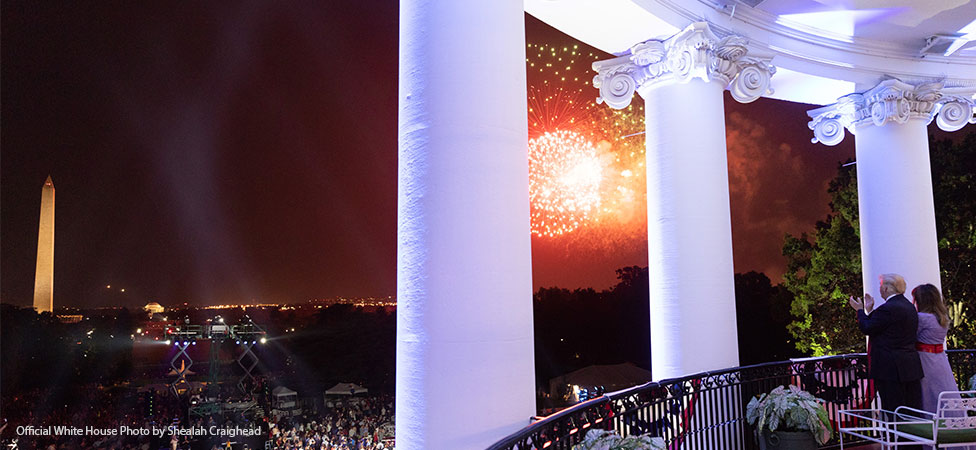

By the end of July, both the House and Senate Appropriations Committee Chairmen plan to complete Committee action on each of the FY19 Appropriations bills, setting the stage for negotiations on a year-end spending package based on the spending totals outlined in the Bipartisan Budget Act of 2018 (BBA18). Between now and then, we expect the following to occur.
A September push to complete action on a few appropriations bills. Currently, Military Construction and Veterans Affairs, Energy and Water and Legislative Branch top that list. More could be added in the coming weeks. Over the past 10 years, Congressional leaders chose to attach the initial Continuing Resolution (CR) for a new fiscal year to a regular appropriations bill 3 times (FY09, FY10, FY17). The Military Construction-VA Appropriations bill was selected twice to make it harder for Republicans to vote against the package. Since the December 2013 adoption of the Murray-Ryan agreement, Congressional leaders have worried that most House Republicans would vote against a Continuing Resolution (CR) for non-defense agencies arguing that it spends too much. Those same Republicans would prefer to pass a stand-alone Department of Defense Appropriations bill first, lock in those BBA18 defense spending increases, and then negotiate with Democrats over how much to cut other programs. Senate Democrats won’t give them that chance.


Second, a CR will be required to avoid a government shutdown on October 1st. As Chart 1 demonstrates, CRs were adopted in 9 of the past 10 years. At the beginning of FY14, CR negotiations bogged down over Affordable Care Act implementation creating a 16-day government shutdown in October 2013. In the past 5 election years (FY09. FY11, FY13, FY15, and FY17), Congress adopted CRs ranging from 64 to 178 days. The average election-year CR lasted 104 days. With Republicans controlling the White House, the House and the Senate, both House Speaker Ryan (R-WI) and Senate Majority Leader McConnell (R-KY) believe that the fallout from a government shutdown would harm GOP election prospects this November. President Trump has threatened a possible shutdown if his border wall isn’t adequately funded. That issue and heated debates over immigration have delayed House Appropriations Committee action on its FY19 DHS appropriations bill and moved that measure to the bottom of the list of appropriations bills that could be enacted by September 30th. Even with Trump’s shutdown threat, we expect Congress to adopt a CR running into December (65-75 days) and assess the October government shutdown risk at less than 5%. 2018 election results will determine whether additional CRs are needed before a final FY19 spending deal is approved.
Forecast
During the initial FY19 CR, we expect Administration budget policy to be more of a constraint on civilian agency spending than spending levels permitted under the CR.
Third, since last fall we have argued that from a from a budgetary standpoint, the FY18 procurement cycle should be the strongest in over a decade—particularly for civilian agencies. Adoption of higher-than-planned budgets 7-8 months into the fiscal year with limited year-end spending flexibility creates a $117 billion 4th quarter spending spike for non-defense agencies that disproportionally impacts procurement spending. Pressure to obligate “use or lose” funds creates incentives for agencies to prioritize equipment purchases, accelerate OMB-approved FY19 new starts into FY18, and seek OMB and Congressional approval for additional cash management tools, potentially with additional legislative authorities.
Forecast
Civilian agency procurement spending will peak in the fourth quarter of FY18, then slow in the first quarter of FY19.
Both OMB and Congress have signaled with adoption of the Modernizing Government Technology Act (MGTA), OMB-approved MGTA implementation guidance to agencies, and provisions in several Committee-approved FY19 Appropriations bills that they are receptive to increased agency flexibility to meet cybersecurity and IT Modernization objectives.